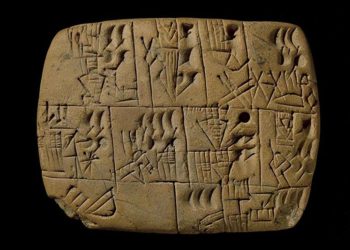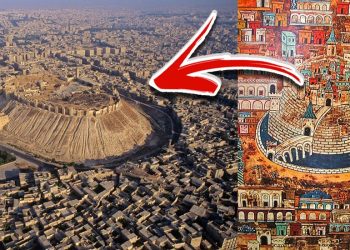There is something very interesting about gigantic stones (monoliths) and ancient civilizations. Scattered across the globe, colossal monoliths hewn by human hands have stood the test of time. In essence, a monolith is a large piece of rock intended for creating structures or monuments, either alone or in conjunction with other stones.
Our ancient ancestors demonstrated an astonishing capacity to quarry, transport, and erect enormous stone blocks or monoliths, some surpassing 100 tons. These monoliths often stand as monuments themselves.
Gigantic Monoliths and Ancient Civilizations
Historic relics like sacred monolithic stones, dating back to prehistoric times, can be found in numerous civilizations. For instance, the Mayans had steles depicting their rulers and the unique “zoomorphs” of Quiriguá. The Aztecs, on the other hand, boasted the Coatlicue monolith, representing the goddess of death, and the embellished Tizoc monolith, symbolizing the sovereign’s fifteen victories.
The Stone Spheres of Costa Rica
Over 500 monoliths, each weighing up to 16 tons, constitute the stone spheres of Costa Rica. Researchers speculate these spheres, associated with constellations and astronomical occurrences, might date back to 6,000 BC or even 12,000 BC. The dawn of monolithic structures is attributed to Dolmens, whose origins trace back to the 5th millennium BC.
The Largest Stones Ever Moved by Man

Reportedly, the most massive stone ever moved by humans is the granite pedestal of the Bronze Horseman, transported to St. Petersburg in 1770. It is estimated to weigh around 1500 tons. And yeah, its not ancient.
Carving Monoliths: An Unfinished Obelisk and the Stone of Baalbek
The largest monolith ever carved, excluding the megaliths of Gornaya Shoria in Russia, is the unfinished obelisk of Aswan, tipping the scales at approximately 1200 tons. However, this obelisk never left the quarry due to a crack that appeared before it was separated from the bedrock.
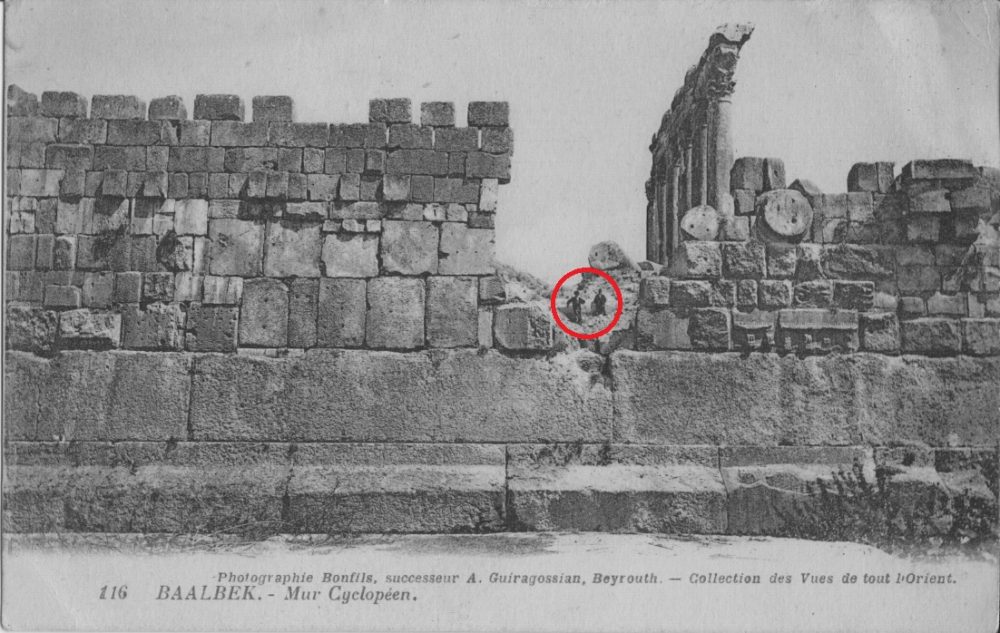
On the other hand, the enormous stone of Baalbek, named Hadjar-el-Qoublé (the stone of the South), is believed to weigh between 900 and 1100 tons. This stone left the quarry but remained positioned at an angle, not far from the extraction site.
The Colossi of Memnon and the Gornaya Shoria Monoliths
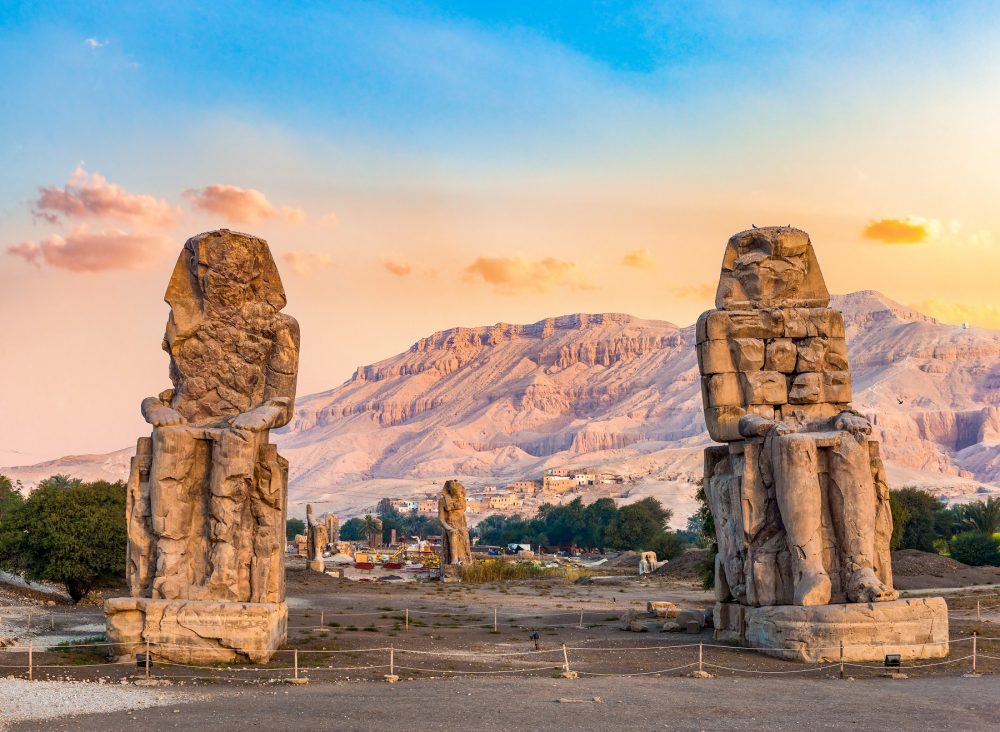
Equally noteworthy are the Colossi of Memnon, two giant stone statues representing the pharaoh Amenhotep III, each weighing 1300 tons. Meanwhile, the monoliths of Gornaya Shoria, possibly natural or carved by an unknown ancient civilization, are among the largest ever sculpted, with some sections estimated to weigh between three and four thousand tons.
Easter Island’s Massive Monoliths
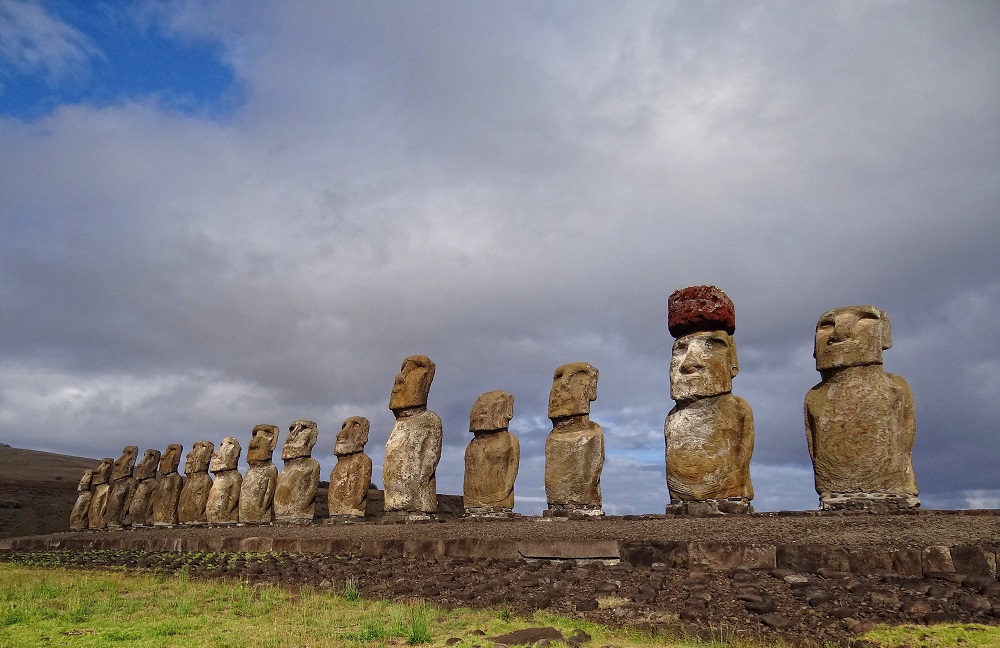
The Moai, stone statues on Easter Island, are another example of impressive monoliths crafted by ancient humans. To date, experts have identified over 900 Moai statues, primarily carved from the Rano Raraku volcanic cone, with the largest, Te Tokanga—the giant—weighing in at more than 270 tons.
The Menhir de Champ-Dolent
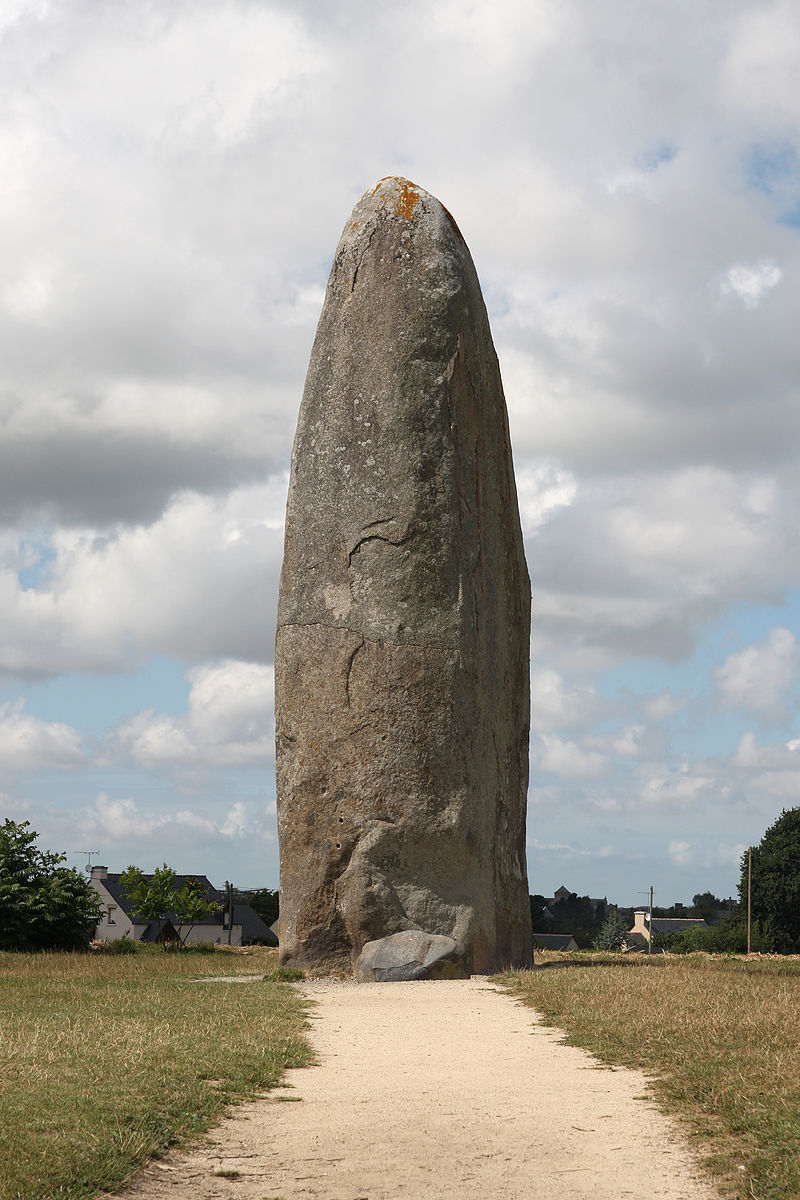
Lastly, the Menhir de Champ-Dolent, the tallest standing stone in Brittany, stands at around 9.3 to 9.5 meters. This monumental stone is estimated to weigh around 100 tons.
PLEASE READ: Have something to add? Visit Curiosmos on Facebook. Join the discussion in our mobile Telegram group. Also, follow us on Google News. Interesting in history, mysteries, and more? Visit Ancient Library’s Telegram group and become part of an exclusive group.






